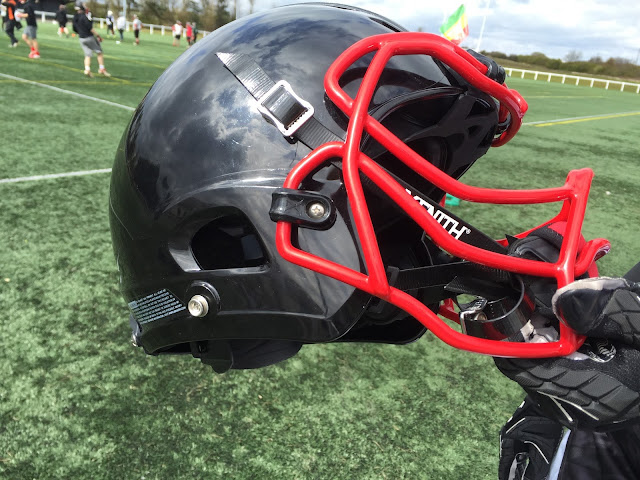 |
| Photo : Chris Rennison Rae |
Here are my 5 tips to keeping motivated for training after a
long day in the dance studio.
1.
Do the type of training you enjoy
There is no good doing an activity you don’t
enjoy as motivation will drop and you will end up not sticking to your
programme and possibly giving up.
2.
Build supplementary training into your
weekly schedule
Don’t think of your training as separate to
dance class but part of it. Yes, it makes the day longer, but it is only there
to enhance your performance like your other compulsory classes.
3.
Few sessions but hard work
You don’t have to train daily to get
results. You may train well, following correct technique and progression,
allowing rest days and still see great results. Work around your schedule and
don’t follow the hype that the more work completed, the better the training
session. Train hard and don’t do more than necessary, or risk overtraining!
4.
Train together
Plan your sessions with fellow class mates
or friends. By sticking together you can encourage each other as well as
correct form and spot one another. Additionally, if one of you is feeling unmotivated
then you’re more likely to stick at it and turn it into an enjoyable session.
5.
Follow a programme
Get advice from a qualified professional with
knowledge of dance who can create a tailored programme to your needs. Once you
have this programme (which should be specially tailored to your available time)
you can work hard and see the results. And once you do, you’ll be hooked! I
find it helpful to keep a diary when I train so I can look back at my
progression.
Let
me know how you get on!
-
E






























